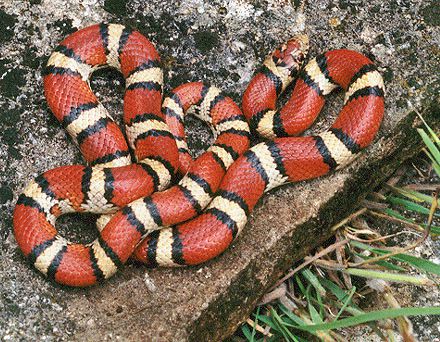Table of Contents
If you are new to looking after snakes, you may have some questions that you would like answered, particularly if you think there might be something wrong with yours.
It is common to be concerned about the wellbeing of your snake if it is not doing something you are expecting it to do, or vice versa. This is why you should familiarize yourself with behaviors that are common for your snake species type before assuming the worst.
Why is My Snake Not Eating?
If you have never had an exotic pet before but have been used to more ‘traditional’ pets such as dogs or cats, you might, for example, be expecting your snake to eat every day. However, snakes do not eat very often. Indeed, the frequency as well as the amount they eat depends very much on the age of the reptile, its size, and how active it is.
do not eat very often. Indeed, the frequency as well as the amount they eat depends very much on the age of the reptile, its size, and how active it is.
As a general rule, young snakes typically eat around twice a week while older, larger snakes might only eat once a week or even less. If your snake is refusing food and has not eaten for a while, you might naturally be getting worried. Nevertheless, there are some valid reasons why your pet might have lost its appetite.
Your Snake Might be Shedding
Snakes often stop eating as they prepare to molt. You may notice that your snake’s skin is looking a bit pale and that its eyes have a milky-like appearance. If this is the case, then it is likely that it’s getting ready to molt; in this condition it is highly likely that it will not eat.
Check the Temperature of the Enclosure
Snakes require specific temperatures in order to thrive and stay healthy, but if these conditions are not met then they may stop eating. In fact, snakes need the ambient temperature to be warm to allow them to digest their food properly. It is imperative therefore that you keep a regular check on the temperature of the enclosure. If temperatures drop below 75F, your snake could go on to develop problems with digestion.
You Snake May Want Some Privacy
It is not uncommon for snakes to refuse to eat if they perceive its owner as a threat. Your snake might refuse to eat if it is stressed in any way. If this is the case, place the food beside the snake, turn off the lights, and then leave it alone.
If your snake is new, it may be that it needs some time to adjust to the change in environment. In this case, it is best to leave the snake be for a few days. You should, however, continue to change its water and mist the tank.
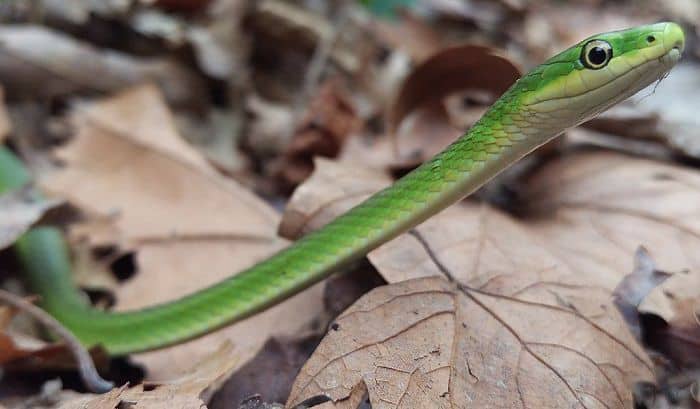
Rough Green Snake 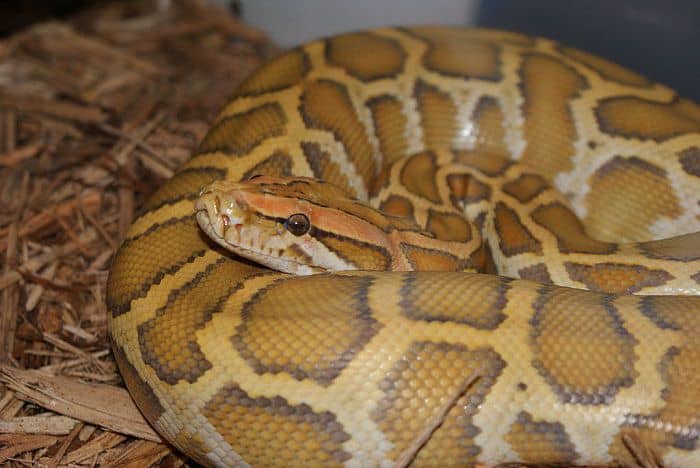
Caramel Burmese Python 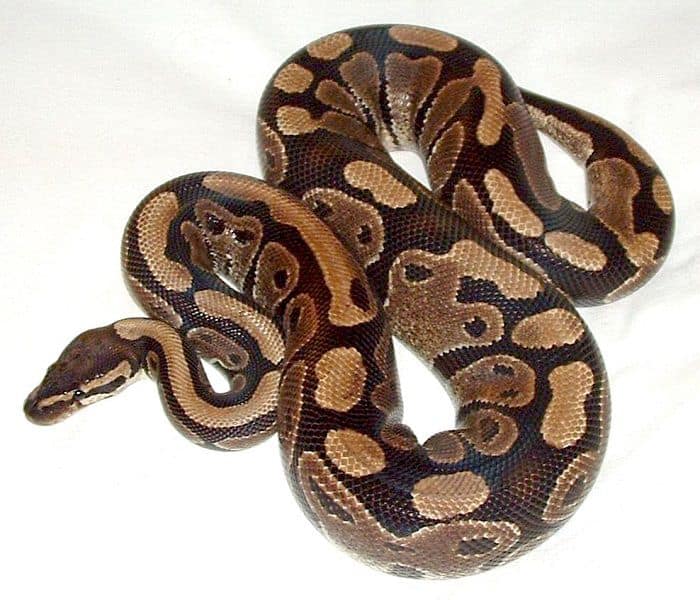
Ball Python
How Long Can a Snake Go Without Eating?
If your snake is not eating for whatever reason, it is natural that you might wonder how long it can go without food and stay healthy. It is important to remember that reptiles are different to mammals when it comes to food and eating patterns.
In the case of snakes, it is possible for some species to go for around six months without eating. During this time, they will decrease their rate of metabolism and slow down their body functions. This means they conserve their energy and do not require food. Instead their body will use up their energy stores.
When to be Concerned?
While there are a number of natural as well as environmental reasons why a snake might not be eating, there are also times when the cause of their appetite loss is something more serious. Disease can affect snakes and their willingness to eat, and while some of these conditions can be treated easily by an experienced vet, others can be fatal if left untreated.
Respiratory diseases are not uncommon in snakes and will almost certainly cause a loss of appetite. If you notice that your snake has mucus around its eyes or nose or if it is sneezing and breathing through its mouth, it may be a respiratory disease. It is crucial to contact a vet if you are worried about potential respiratory infection.
and will almost certainly cause a loss of appetite. If you notice that your snake has mucus around its eyes or nose or if it is sneezing and breathing through its mouth, it may be a respiratory disease. It is crucial to contact a vet if you are worried about potential respiratory infection.
Snakes are prone to a disease known as infectious stomatitis, or mouth rot as it is more commonly known. This is often caused by a weakened immune system, which then allows bacteria to grow in the mouth.
Mouth rot is painful and will almost certainly cause your snake to stop eating. Fortunately, it is easily treated by a vet. Nonetheless, if it is not treated correctly, it could then spread to the digestive tract or lungs. A vet might prescribe an oral antiseptic or a course of antibiotics.
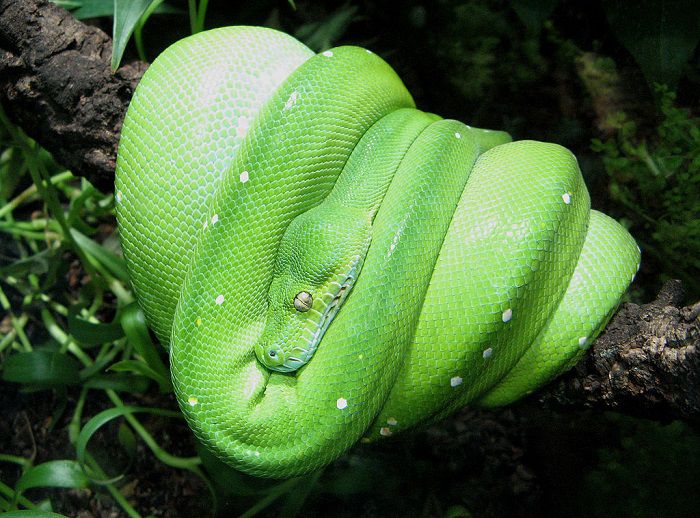
Green Tree Python 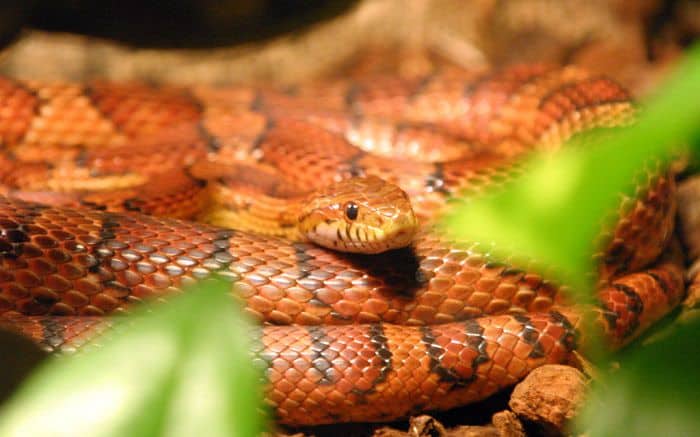
Corn Snake 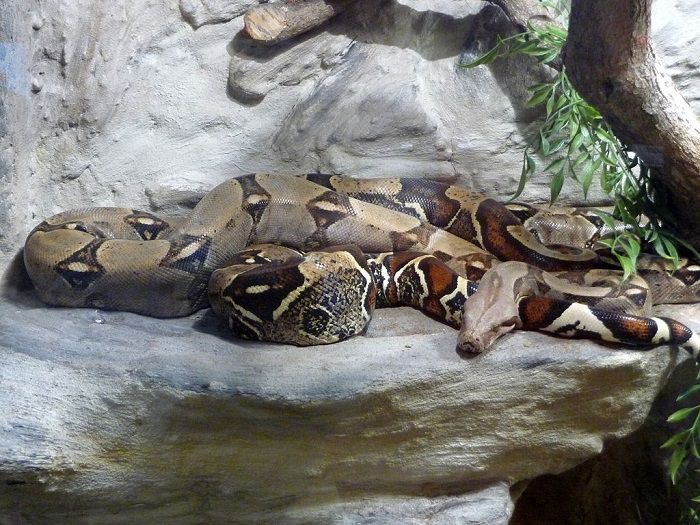
Boa Constrictor
You should also be aware that snakes can suffer from constipation, or impaction, when they eat something that cannot be digested properly. This is why it is so important that temperature and humidity levels are correct as ideal conditions aid digestion; otherwise your snake might not be able to defecate.
Impaction and obstruction can be painful for a snake and ultimately cause it to lose its appetite. If you notice that your snake has not defecated for some time, try to help by offering a warm soak for around fifteen minutes twice a day. If this doesn’t help, you will need to contact your vet as the snake could need surgery to rectify the problem.
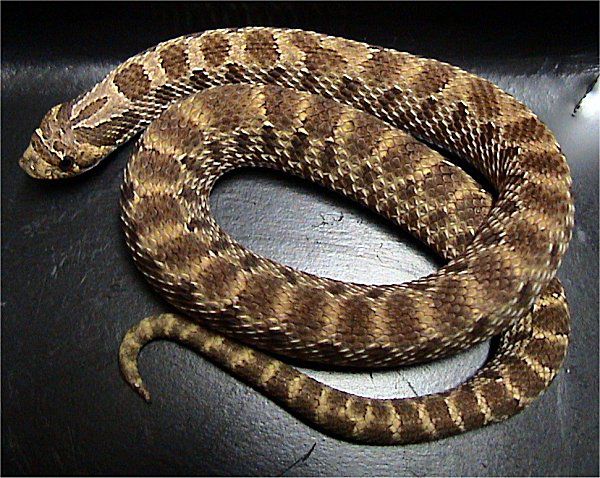
What You Can Do
There are times when your snake will stop eating for natural reasons, but providing the optimum conditions is the best way to prevent appetite loss. Make sure you provide a temperature gradient in the tank and that your snake has a day/night schedule.
Ensure you have provided sufficient places for the snake to hide to reduce any stress and offer suitable foods regularly.
If you are at all concerned about your snake, for any reason whatsoever, it is best to seek advice from an experienced vet.
Photo Credits:
- Featured Image (Red Milk Snake): Mike Pingleton
 – This file is licensed under the Creative Commons
– This file is licensed under the Creative Commons Attribution-Share Alike 3.0 Unported
Attribution-Share Alike 3.0 Unported license. Subject to disclaimers
license. Subject to disclaimers .
. - Rough Green Snake: Asklēpiós
 – This file is licensed under the Creativ
– This file is licensed under the Creativ e Commons Attribution-Share Alike 4.0 International
e Commons Attribution-Share Alike 4.0 International license.
license. - Caramel Burmese Python: Mark J Andrews II – This file is licensed under the Creative Commons
 Attribution-Share Alike 3.0 Unported
Attribution-Share Alike 3.0 Unported license.
license. - Ball Python: Mokele
 – This file is licensed under the Creative Commons
– This file is licensed under the Creative Commons Attribution-Share Alike 3.0 Unported
Attribution-Share Alike 3.0 Unported license.
license. - Green Tree Python: Micha
 L. Rieser
L. Rieser - Corn Snake: This work has been released into the public domain
 by its author, Mwx
by its author, Mwx at the Wikipedia
at the Wikipedia project. This applies worldwide.
project. This applies worldwide. - Boa Constrictor: Pavel Ševela
 – This file is licensed under the Creative Commons
– This file is licensed under the Creative Commons Attribution-Share Alike 4.0 International
Attribution-Share Alike 4.0 International license.
license. - Western Hognose Snake: LA Dawson
 – This file is licensed under the Creative Commons
– This file is licensed under the Creative Commons Attribution-Share Alike 2.5 Generic
Attribution-Share Alike 2.5 Generic license.
license.

